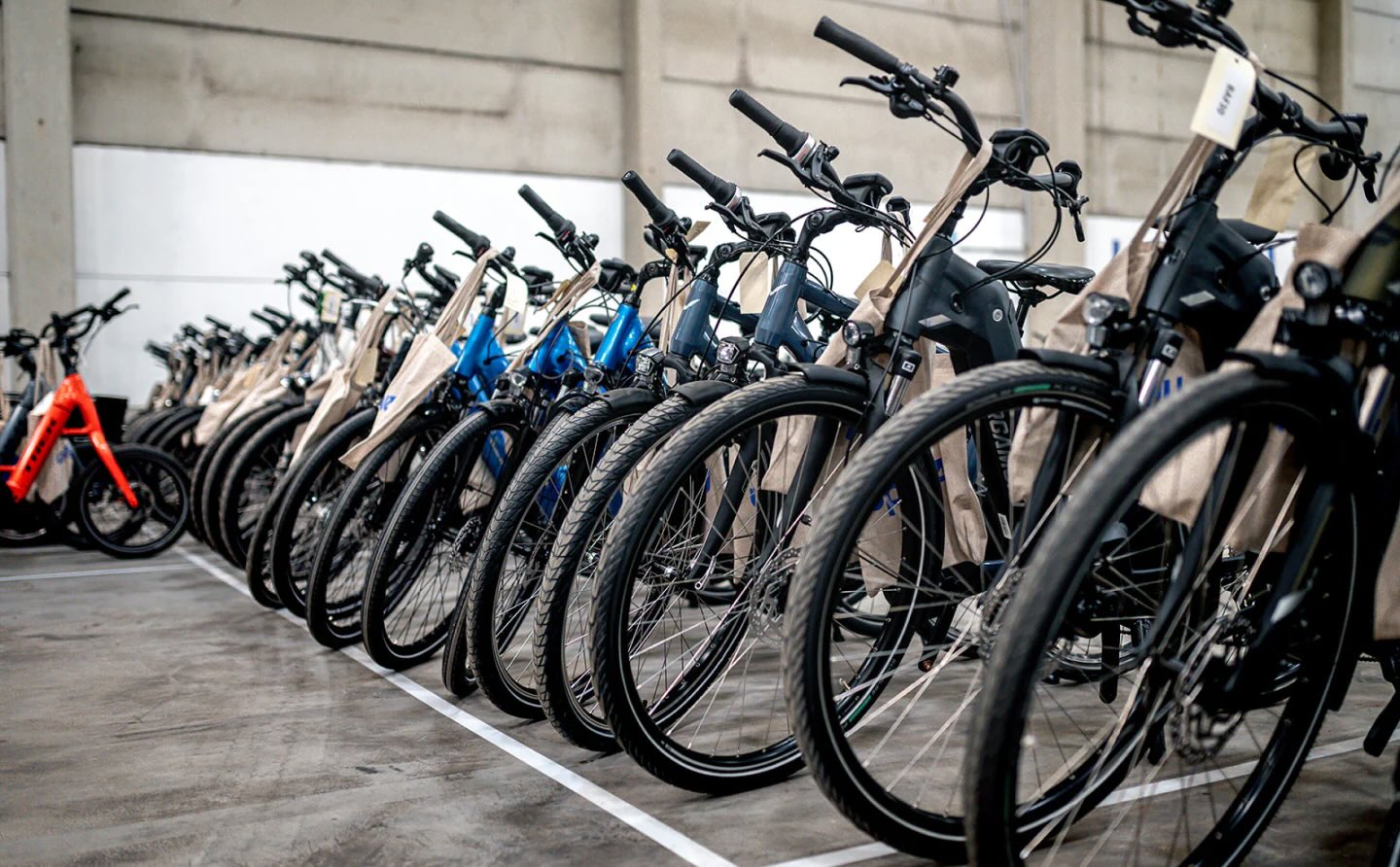A recent TikTok video has sparked conversation online after a user vented his frustration about seeing invasive flowers covering his local roadsides — a scene that may look beautiful, but hides a deeper environmental problem.
The clip, shared by user Sustainability Matters (@sustainabilitymattersva), caught the user at a breaking point on their drive home from the grocery store after spotting a patch of purple flowers.
@sustainabilitymattersva JUST PLANT NATIVES PEOPLE!!!! I will never understand why companies feel the need to use invasives to do a job that native plants could do themselves😡 #sustinability #sustainabilitymatters #nativeplants #nativeplantsofvirginia #invasiveplants ♬ original sound - Sustainability Matters
"And not surprisingly, it made me mad," they said.
"Normally, it's nice to see flowers on the side of the road instead of just grass because they usually serve at least some ecological benefit," they explained. "But every single flower in that field was a purple crown vetch, which is an invasive species."
Crown vetch was originally introduced to North America for erosion control and soil stabilization. Over time, however, it spread aggressively, outcompeting native plants and disrupting local ecosystems, they explained.
"I think the thing that just doesn't make sense in my brain," they said, "is native plants can do that, too."
Invasive species like the crown vetch can quickly overtake an area, depriving native plants of water, sunlight, and nutrients. For homeowners, they can be especially difficult (and expensive) to remove once established — often hogging surface water, inviting pests, and requiring repeated treatments to control.
Switching to native plants is a smart, eco-friendly alternative. Native lawns are naturally suited to your climate, meaning they require less water, less maintenance, and no harmful chemicals, which can save both time and money. They also strengthen the soil with their deep roots and create essential habitats for native pollinators like butterflies and bees, which in turn protect the diversity of our food supply.
Options like native wildflowers, clover, and buffalo grass are all low-maintenance, water-saving choices that carry these benefits. Rewilding your yard with a few plants or even partially upgrading to a natural lawn can be a great place to start.
Commenters resonated with the frustration of the post.
TCD Picks » Upway Spotlight
💡Upway makes it easy to find discounts of up to 60% on premium e-bike brands
|
Should we be actively working to kill invasive species? Click your choice to see results and speak your mind. |
"It's all over the Twin Cities in MN right now," one person wrote.
"I'm 99% sure everybody in charge of those types of things would know nothing about it!" another added. "My grandma would be a better fit than whoever runs this in our city."
One user tried to look at the upside.
"Well now you don't have to feel bad about picking a bouquet for [yourself]!" they wrote. "Take a bunch home every grocery trip."
Whether you're a city planner, a homeowner, or a bouquet picker, sustainable choices can start right in your own yard.
Join our free newsletter for good news and useful tips, and don't miss this cool list of easy ways to help yourself while helping the planet.







